 The Golden Lamb (photo by John Zimkus) The Golden Lamb (photo by John Zimkus) Article by John Zimkus, WCHS Historian/Education Director and Historian of The Golden Lamb (The first half of this article was featured in the Issue 11. November, 2023 Medallion Newsletter. The continuation can be found below the images below.) On December 23, 2023, The Golden Lamb Restaurant & Hotel, in Lebanon, “Ohio oldest continually operated business” will be celebrating its 220th birthday. Two centuries and a score years earlier, Jonas Seaman, who originally hailed from Hopewell, New Jersey, walked across the once muddy, and now frozen street of Broadway in the newly platted Lebanon to go one block north to what would soon be his competition, The Black Horse Tavern. This log cabin tavern, whose name now graces The Golden Lamb's bar, was serving a dual purpose in 1803. Besides being a place local settlers could get some libation and the latest news, The Black Horse Tavern was also functioning as Warren County's first courthouse. Like in the old western movies many of us grew up watching as children, here they would close the bar and hold court. On Friday, December 23, 1803, Warren County clerk of courts recorded, "Court Grants License to Jonas Seaman to keep the house of public Entertainment in the house he now occupies in the South of Lebanon at the rate of four Dollars." Although the phrase “house of public entertainment” may sound provocative, it simply means that Seaman was going to open up a “public house” or a “pub”. Being in the south of Lebanon is worth noting because at the time Lebanon was only three blocks going north and south, and Seaman’s cabin was in the southern part of the middle block. Had his home/establishment been located three or four doors to the north, I'm sure it would be considered in the north of Lebanon. The four dollars Jonas Seaman spent for his license would have a buying power of about $80 today. As time progressed, so did Seaman’s tavern. In 1815, his log structure was replaced by a two-story brick building, what is now covered by The Golden Lamb's two-story porch. In 1844, a third story was added. A three-story addition was made to the “hotel” to the north in 1854. 1878 saw a fourth story added to the entire structure. The new Black Horse Tavern was constructed in 1964, and the very popular Golden Lamb veranda in 2019. Since 1926, when Bob Jones began to manage “The Hotel,” and shortly thereafter own it, The Golden Lamb’s reputation began to skyrocket, and it continues today. The Golden Lamb has recently been declared the “most iconic restaurant” and the “most famous restaurant” in Ohio. Almost 50 years ago, however, The Golden Lamb was part of a celebration of something else that was reaching a 200 year milestone — the United States of America. The man who is considered by many, including myself, of being the greatest wordsmith in television journalism in the 20th century, visited The Golden Lamb. His name was Charles Kuralt. Kuralt and his CBS News crew visited Lebanon, Ohio in early November 1975. He was famous for his “On the Road” segments appeared weekly on “The CBS Evening New,” which was hosted by, according to multiple polls in the 1960s and 70s, by the “most trusted man in America” - Walter Cronkite. On the Friday, November 14, 1975 edition of the “The CBS Evening News with Walter Cronkite”, Cronkite introduced the last segment of that evening’s news by stating, “When Sherwood Anderson created the fictional Winesburg, Ohio he used a hotel, the new Willard House, as a focal point of his stories about the everyday people of his native state. When Charles Kuralt went “On the Road” in 1976 to paint his Bicentennial Portrait of Ohio, he too found a hotel rich with stories.” Charles Kuralt then said, “Start the music box in the lobby of The Golden Lamb and think about Ohio’s past. No place evokes that past so well, at least for me, as this old hotel in this old town –– The Golden Lamb at the crossroads in Lebanon.
If you took a stagecoach north from Cincinnati, Lebanon’s the town you’d get to just at dark. That’s why Henry Clay stopped at The Golden Lamb so often on his way from Kentucky to Washington during those years when he was trying to find a compromise that would prevent the Civil War. A canal used to lead to Lebanon also. That’s what brought Dewitt Clinton, the statesman and philanthropist, in 1825, to help plan the canals that would lead to Lake Erie and the Atlantic, and end Ohio’s isolation from the world. Mark Twain came by train, and he too climbed the hill to find a warm toddy and soft pillow at the old inn that stood, and stands, a block from the train station. ‘Home, Sweet Home’ is the tune the music box plays. And The Golden Lamb has been that to travelers every day, and every night, since it opened in 1815, a dozen years after Ohio became the first state to be carved out of the Northwest Territory. It was already a 60-year-old inn when Lebanon celebrated the nation’s centennial, 100 years ago. The local weekly, The Western Star, reported that The Golden Lamb was the center of all the fireworks, and hangovers, of the celebration. If only a man could have lived long enough, . . . he could have sat here, in the front room of The Golden Lamb, and glanced up, once in a while, and watched the whole history of Ohio pass by these windows. The boys marching past on their way home after helping Commodore Perry lick the British up to Lake Erie. The boys assembling in the side-yard on their way to help General Grant lick the Confederates. Here, people from a small Ohio town sat... and rocked,.. and talked about events of the world. ‘Look here. Did you see Napoleon got wiped at Waterloo?’ ‘Pass the rolls, please, George.’ ‘What do you think of Hayes’ chance against Tilden?’ And, in time, the world came calling. Charles Dickens dropped by on his grumpy tour around America in 1842. He pronounced The Golden Lamb’s coffee detestable... and its tea worse... and he ordered a brandy. But this was a temperance house back then, and the innkeeper of the time, Calvin Bradley, informed him that liquor wasn’t served. The great novelist was appalled, and when he wrote about the incident later he suggested that abstentious innkeepers, like Mr. Bradley, should totally abstain... from inn keeping! Washington never slept here, but John Quincy Adams did; Martin Van Buren did; and all eight of Ohio‘s presidents –– Both Harrisons; Grant; Hayes; Garfield; McKinley; Taft; Harding. The old hotel just waited patiently at the crossroads of this quiet village, and the busy world came to it. ‘Home, Sweet Home.’ All those Ohio presidents are gone now. Henry Clay and Charles Dickens have been in their graves for 100 years and more, but the inn, where they stopped for the night remains. The story doesn’t end. The shutters are still open, and Ohio’s history is still passing on the stagecoach road outside. Charles Kuralt, CBS News, ‘On the Road to ‘76’ in Ohio.” To paraphrase the way Walter Cronkite signed off each one of his “CBS Evening News” broadcasts, “And that's the way it is,” was, and continues to be at the historic Golden Lamb in Lebanon, Ohio.
0 Comments
The Greater Loveland Historical Society's mission is "to collect, preserve and display historical information pertinent to the Greater Loveland, Ohio area, be regarded as a local authority on historical designation, serve as curator of locally significant art, and foster within our community an appreciation and curiosity regarding our area's past." "Through a combination of permanent exhibits, special presentations, and educational facilities," the Greater Loveland Historical Society "encourages guests to step back in time, discover the lives of Ohio's pioneers, explore Victorian-era comfort, and learn about the changes that time, innovation, and the industrial revolution brought to this early suburb and rural escape." The museum is open: March-December
Affiliate Member: Elizabeth Harvey Free Black School / Harveysburg Community Historical Society11/18/2023 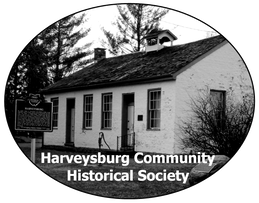 Established in 1831 in Harveysburg, the Elizabeth Harvey Free Black School was the first free school for African American children in Ohio. In 1976, the Harveysburg Bicentennial Committee acquired the building and restored it. The building is now the home of the Harveysburg Community Historical Society and their community museum. 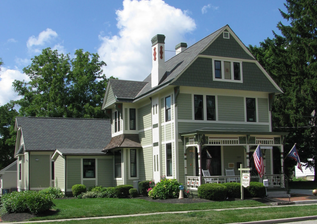 Since its establishment in January of 1979, the Mason Historical Society has worked hard to preserve and share the humble beginnings of Mason, Ohio. Starting with only 26 members, the Mason Historical Society has grown tremendously and now takes pride in its treasure, the Alverta Green Museum. The Victorian house built in 1890 was deeded to the Society in January 1987 by Alverta Green, a longtime Mason resident and local antique dealer, just a few months before she died. The museum showcases various artifacts from Mason's great history, taking viewers on a journey back in time. Members and volunteers of the Society dedicate their time to preserve the 200 year history and heritage of Mason, and at the same time create and promote new interest in that history and heritage. - photo and biography courtesy of the Mason Historical Society Website |
AuthorVarious staff and volunteer writers. Categories
All
Archives
June 2024
|
Email: [email protected]
Wchs Office/Harmon MuseumTues - Sat: 10am - 4pm
Year Round |
1795 BEEDLE cABINPhone for hours
Year Round |
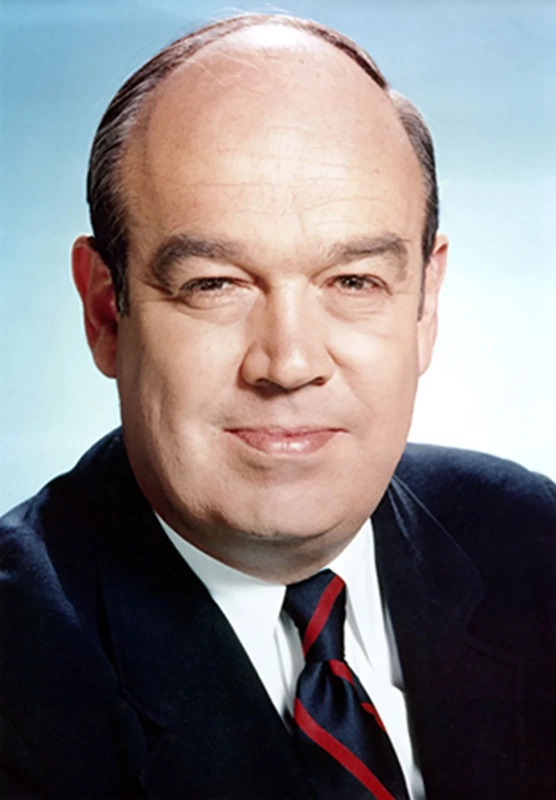
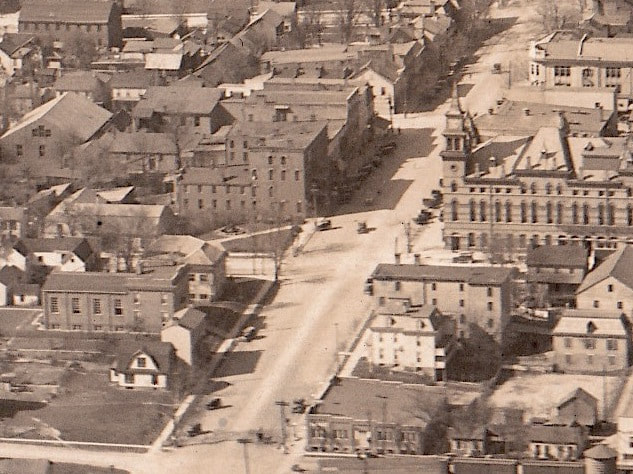

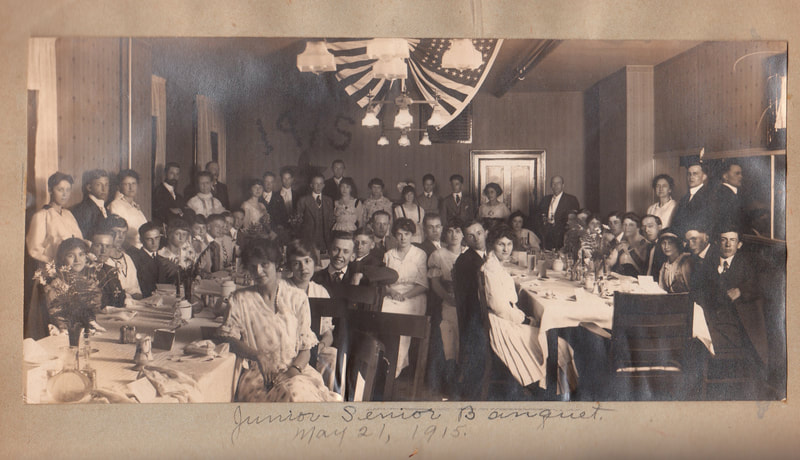
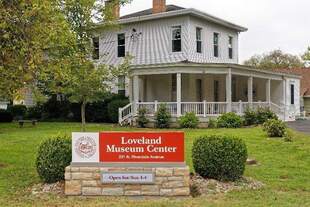

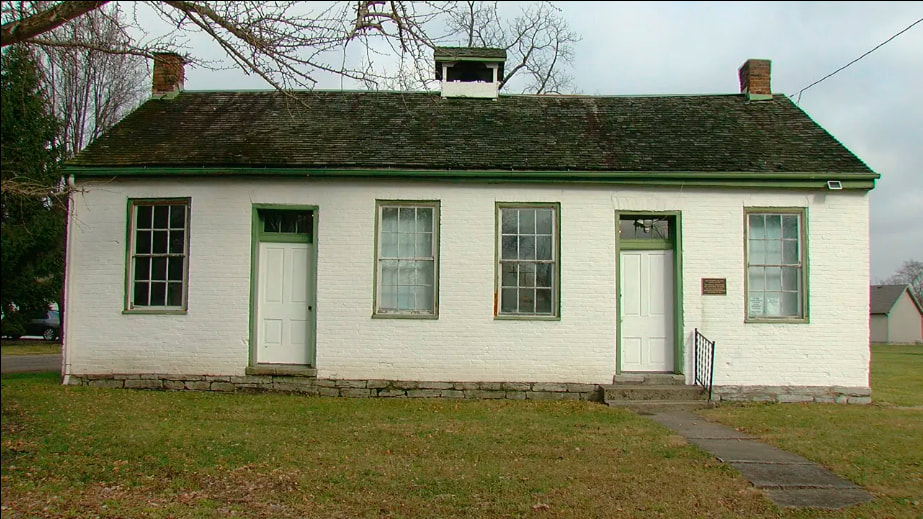

 RSS Feed
RSS Feed





